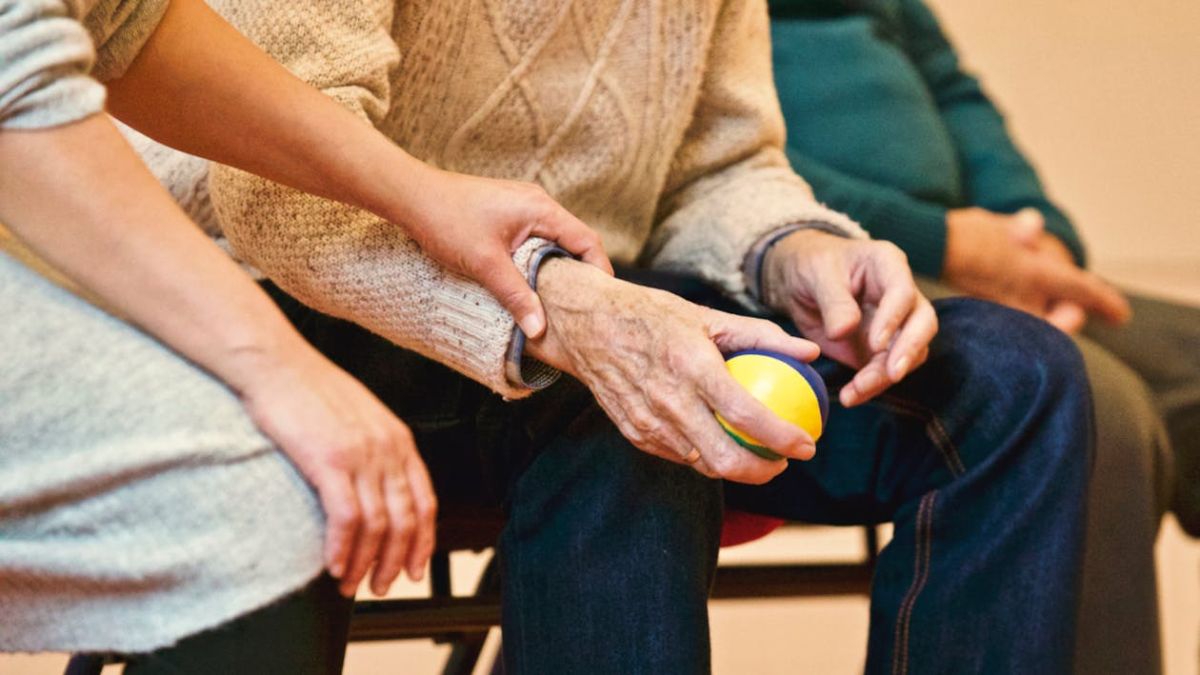Anxiety disorders are the most common mental illness in the United States. The cause of anxiety is not fully understood, but it can come from traumatic events or as a result of genetics. Depression is also more common than you may know. It can appear due to various factors, including genetics, trauma, and a change in brain chemistry. Nearly half of the people diagnosed with depression are diagnosed with an anxiety disorder as well.
It is a common misconception that depression falls under the category of emotional pain, such as sadness, crying, and feelings of hopelessness. However, depression also manifests as a physical illness. The most common physical symptoms of depression are fatigue, decreased pain tolerance, back and muscle pain, headache, eye or vision problems, stomach pain and discomfort, joint pain, and digestive issues.
Anxiety is the feeling of worry, nervousness, and fear. It can cause physical symptoms as well as emotional symptoms, just as with depression. It is the body’s response to stress, which can cause pain and discomfort. Common physical symptoms of anxiety can be muscle tension, body soreness, and sometimes chest pain.
Anxiety, as well as depression, can be linked to an underlying health issue. In some cases, anxiety signs and symptoms are the first indicators of a physical illness. Depression often co-occurs with other diseases and medical conditions such as cancer, stroke, heart attack, coronary artery disease, HIV, Parkinson’s Disease, eating disorders, diabetes, polycystic ovary syndrome, and substance abuse. Many chronic pain disorders are common in people with anxiety disorders. Arthritis, fibromyalgia, migraine headaches, and back pain are often found in people with anxiety disorders.
Pain and depression are closely related. Depression can cause or intensify pain in the body, and the continued presence of pain in the body can sometimes result in depression. People with chronic pain have three times the average risk of developing psychiatric symptoms. Usually, mood or anxiety disorders, and depressed patients have three times the average risk for developing chronic pain.
As you can see, depression and anxiety are a lot more than just mental illnesses, and clearly, there is more to these illnesses than sadness or fear. Pain can cause low self-esteem due to work or money issues or difficulty in social situations. This pain can be the cause or result of depression and anxiety.
Control of the symptoms of pain with depression or anxiety would include several types of treatments to be the most effective. Here are a few examples.
- Antidepressant or antianxiety medications
- Pain medications
- Talk therapy
- Stress-reduction and relaxation techniques
- Pain management programs
- Exercise or physical therapy
- Consistent sleep schedule and a balanced diet
- Complementary therapies or alternative treatments
To better understand and support persons with depression and anxiety requires us to realize that these illnesses often go hand in hand and are a lot more complicated than we often believe. There is more to depression than simply feeling sad, just as there is more to anxiety than simply being worried or afraid.
With the above in mind, we have compiled a few ways to better support a person in your life who lives with depression or anxiety.
- Do not dismiss their feelings.
- Let them know you are available to listen.
- Tell them how much they mean to you.
- Avoid judgment and blame, both on them and for yourself.
- Give them positive reinforcement.
- Encourage them to start a mindfulness practice, such as meditation or journaling.
- Make plans together, both short and long term.
- Let them know you understand their depression/anxiety does not define them, and that it is not something that will go away.
- Help them feel safe and loved.
If you are experiencing unresolved or unexplained pain, make an appointment with your primary care physician and discuss your treatment options. You may find that there is a lot more going on than sore muscles.





